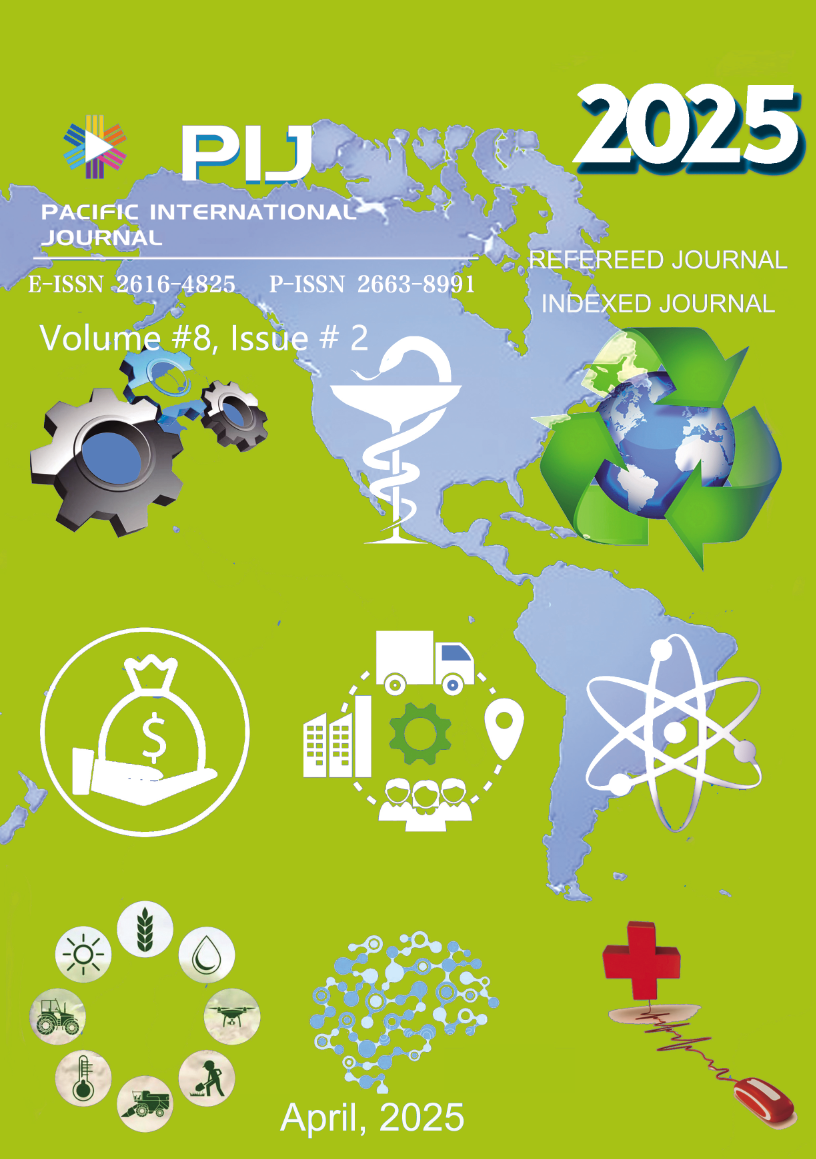Assessing the Feasibility and Impact of Extending the China-Pakistan Economic Corridor into Afghanistan
DOI:
https://doi.org/10.55014/pij.v8i2.796Keywords:
CPEC, BRI, Afghanistan Reconstruction, egional Connectivity, Security ChallengesAbstract
This study examines the feasibility and implications of extending the China-Pakistan Economic Corridor (CPEC) into Afghanistan, focusing on its geopolitical, economic, and developmental impacts in the post-2021 Taliban-ruled era. Afghanistan’s strategic position as a crossroads between Central Asia, South Asia, and the Middle East positions it as a potential hub for trade, energy transit, and regional integration under China’s Belt and Road Initiative (BRI). The analysis highlights Afghanistan’s growing interest in CPEC as a pathway to economic recovery through infrastructure development, access to regional markets, and foreign investment . However, challenges such as ethnic fragmentation, security instability, governance deficits, and geopolitical rivalries (e.g., U.S.-India strategic interests and Russian caution) complicate implementation . The study advocates for a phased, modular approach prioritizing pilot projects in stable provinces like Balkh and Nangarhar, coupled with inclusive governance and multilateral cooperation to mitigate risks . While CPEC’s extension offers transformative potential for Afghanistan’s post-conflict reconstruction and China’s BRI ambitions, success hinges on balancing infrastructure investments with diplomacy, security coordination, and community engagement.
Downloads
Downloads
Published
How to Cite
Issue
Section
License
Copyright (c) 2025 Pacific International Journal

This work is licensed under a Creative Commons Attribution-NonCommercial-NoDerivatives 4.0 International License.





